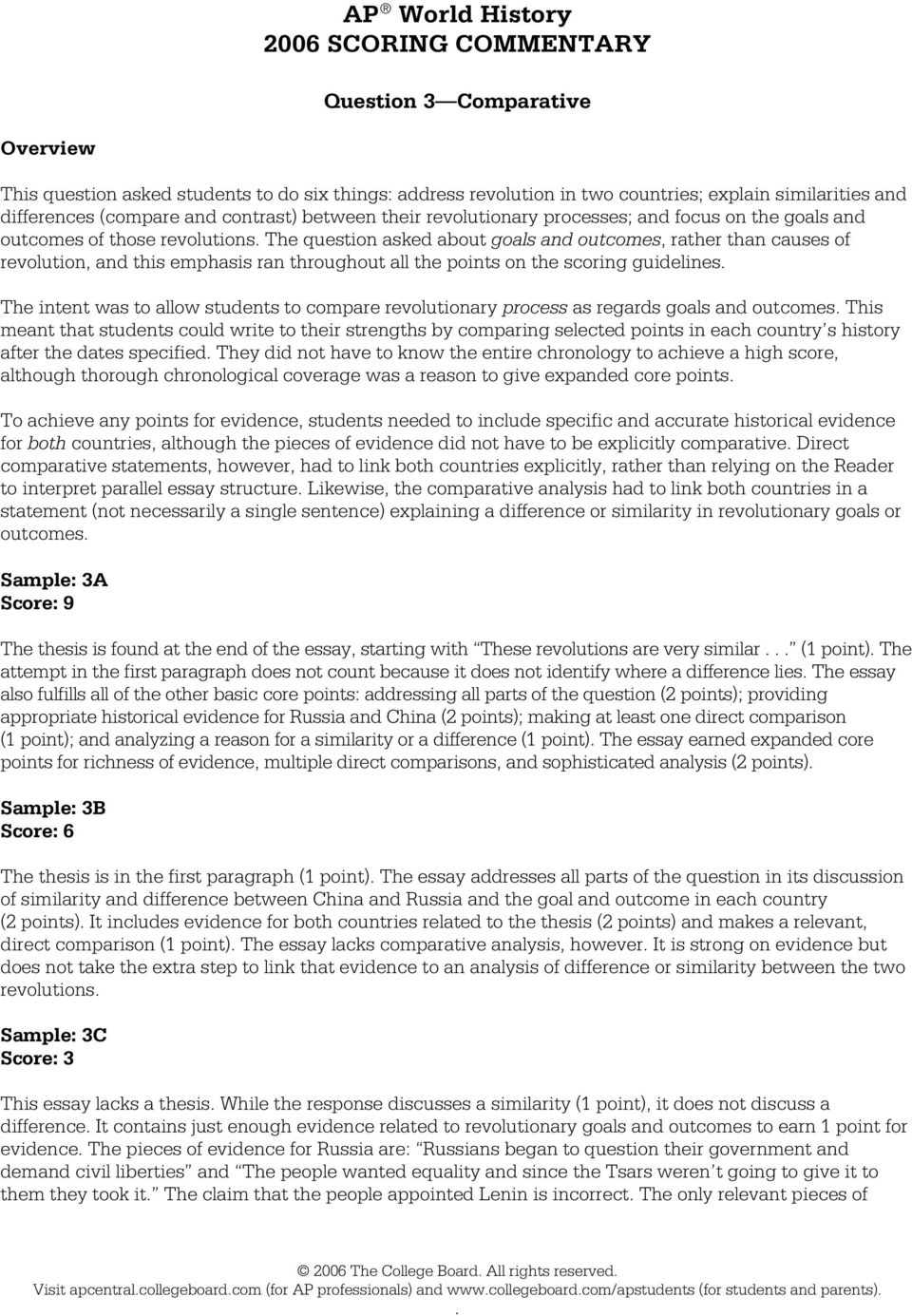Redox Reactions - Washington University in St. Louis.
Oxidation reduction number rules in an essay I truly do like these puppies atwork, however I wrote about them to be frustrating and that I resented them, when I composed my dissertation. Basically, my article that is detailed was generally phony.Oxidation and Reduction. Oxidation numbers provide a way to identify the number of electrons gained or lost by an element. The following rules help identify the oxidation number of an element: 1. Elements in their natural (uncombined) state have an oxidation number of 0 (zero).Rules for Assigning Oxidation States The oxidation state (OS) of an element corresponds to the number of electrons, e -, that an atom loses, gains, or appears to use when joining with other atoms in compounds. In determining the oxidation state of an atom, there are seven guidelines to follow: The oxidation state of an individual atom is 0.
The sum of all oxidation numbers in the species will equal the total charge of that species. In Chemistry 111, you will learn how to determine oxidation numbers in compounds without using the rules. You will learn how these rules were derived. Example 2. Assign oxidation numbers for the following elements in these compounds.Chapter 5. Oxidation and Reduction Redox Terminology Oxidation Number Rules Determination of Oxidation Numbers from Electronegativities The Difference Between Oxidation Number and Formal Charge Periodic Variations of Oxidation Numbers Redox Equations Quantitative Aspects of Half-Reactions Electrode Potentials as Thermodynamic Functions.

Rules for Assigning Oxidation Numbers Oxidation numbers are real or hypothetical charges on atoms, assigned by the following rules: 1. Atoms in elements are assigned 0. 2. All simple monatomic ions have oxidation numbers. S 2-, N 3-) 3. Fluorine is always -1 in its compounds. 4. Halogens are usually -1, except when a central atom or.












